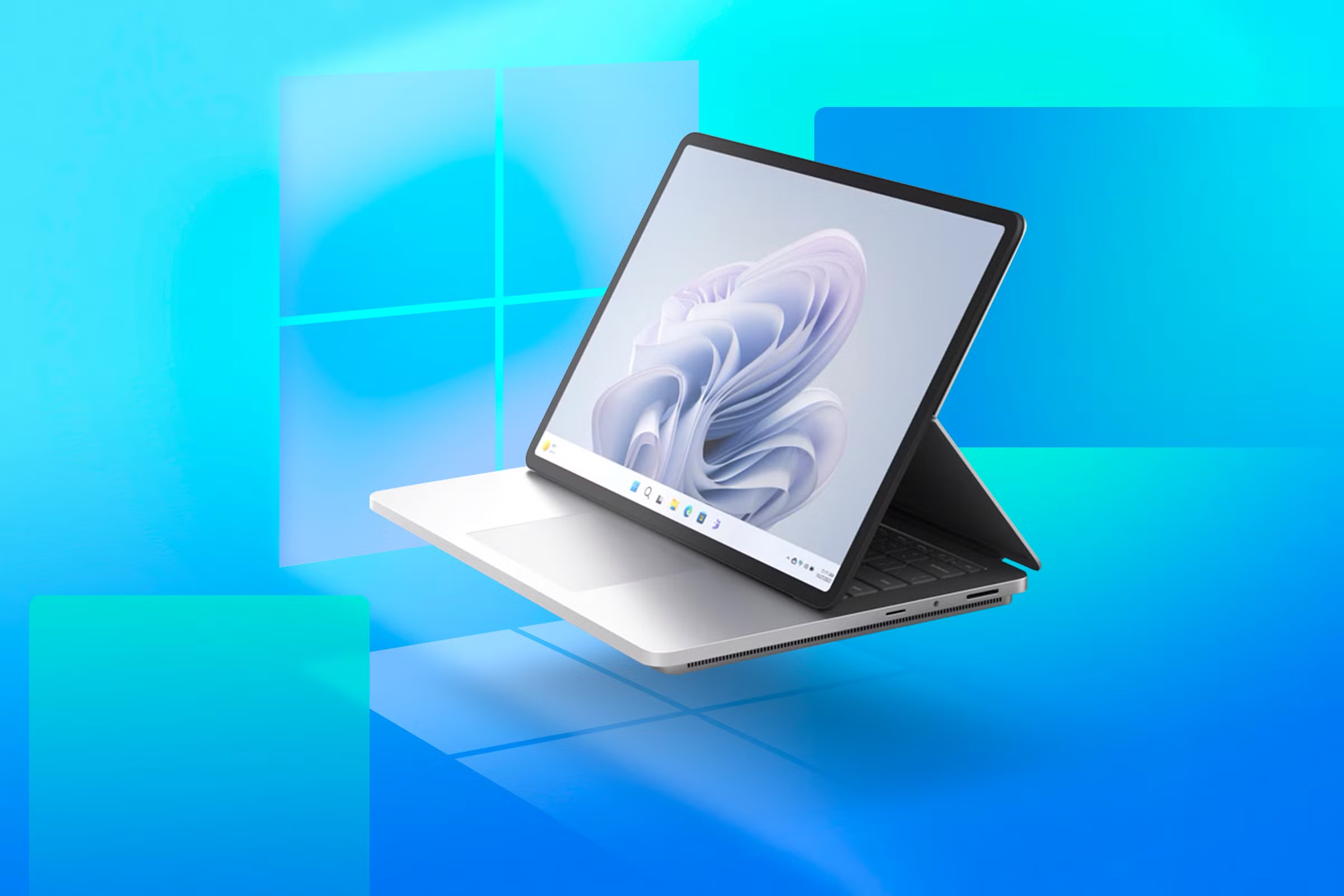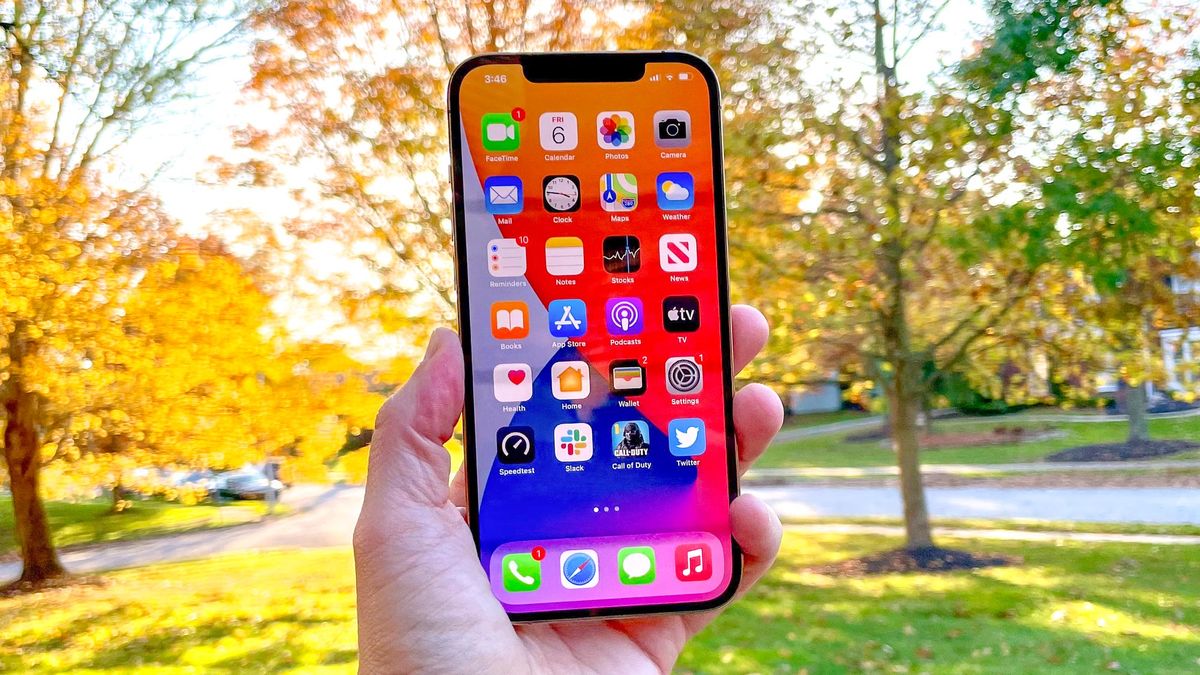
The recent Windows 11 24H2 update has introduced a host of innovative features aimed at enhancing user experience, but it has also led to the elimination of several applications and functionalities that Microsoft has deemed obsolete. One significant casualty of this update is Windows Mixed Reality (WMR), a platform initially launched in 2017 that aimed to provide immersive virtual and augmented reality experiences through WMR-compatible headsets, including the Microsoft HoloLens, which has also been sidelined.
With the 24H2 update, Microsoft has officially deprecated WMR functionality, rendering devices that once supported this technology inoperable and disabling associated applications like Steam VR. While this development may not come as a shock—Microsoft signaled the impending phase-out of Windows Mixed Reality late last year—the official announcement still leaves users of existing mixed reality devices in a bind. Although these devices will continue to function until November 2026, this is only possible if users refrain from installing the Windows 11 24H2 update. Alternatively, WMR remains operational on Windows 10 for those who wish to keep using mixed reality technologies.
The decision to abandon Windows Mixed Reality raises questions about Microsoft’s overall strategy in the extended reality (XR) market, which encompasses virtual reality, augmented reality, and mixed reality. Microsoft’s foray into XR began in 2015 with the introduction of the “Windows Holographic” platform and various affordable XR headsets from third-party manufacturers. Mixed reality, in particular, was designed to merge the digital and physical worlds, allowing users to interact with virtual objects integrated into their real environments.
Despite the potential of WMR, user adoption has been lackluster. Other companies, such as Meta (formerly Oculus) and Sony, have captured a larger share of the market, even as they face their challenges in maintaining consumer interest in high-priced XR devices. A significant contributing factor to the lukewarm response is the dearth of compelling games and experiences that could entice mainstream audiences. Even high-profile entries like Apple’s Vision Pro have not generated the anticipated enthusiasm, and Google has recently scrapped its Project Iris initiative.
In light of these factors, Microsoft’s shift away from mixed reality isn’t entirely surprising. The company appears to be redirecting its focus toward other technological endeavors, particularly in the realm of AI, as seen with its recent push for AI-driven Copilot+ PCs. However, the challenge remains: as the XR landscape evolves, will Microsoft find a way to re-engage consumers, or will it continue to sidestep this burgeoning sector?



